Daspletosaurus
Name Origin
Fearful/Terrible Lizard
Family
Tyrannosauridae
Classification
Diapsida, Saurischia, Theropoda
Habitat (Discovery Location)
United States, Canada
Period
Approximately 83.5 to 70.6 million years ago (Late Cretaceous)
Length
Approximately 9 meters
Weight
Approximately 3 tons
Diet
Carnivore (Meat-eater)
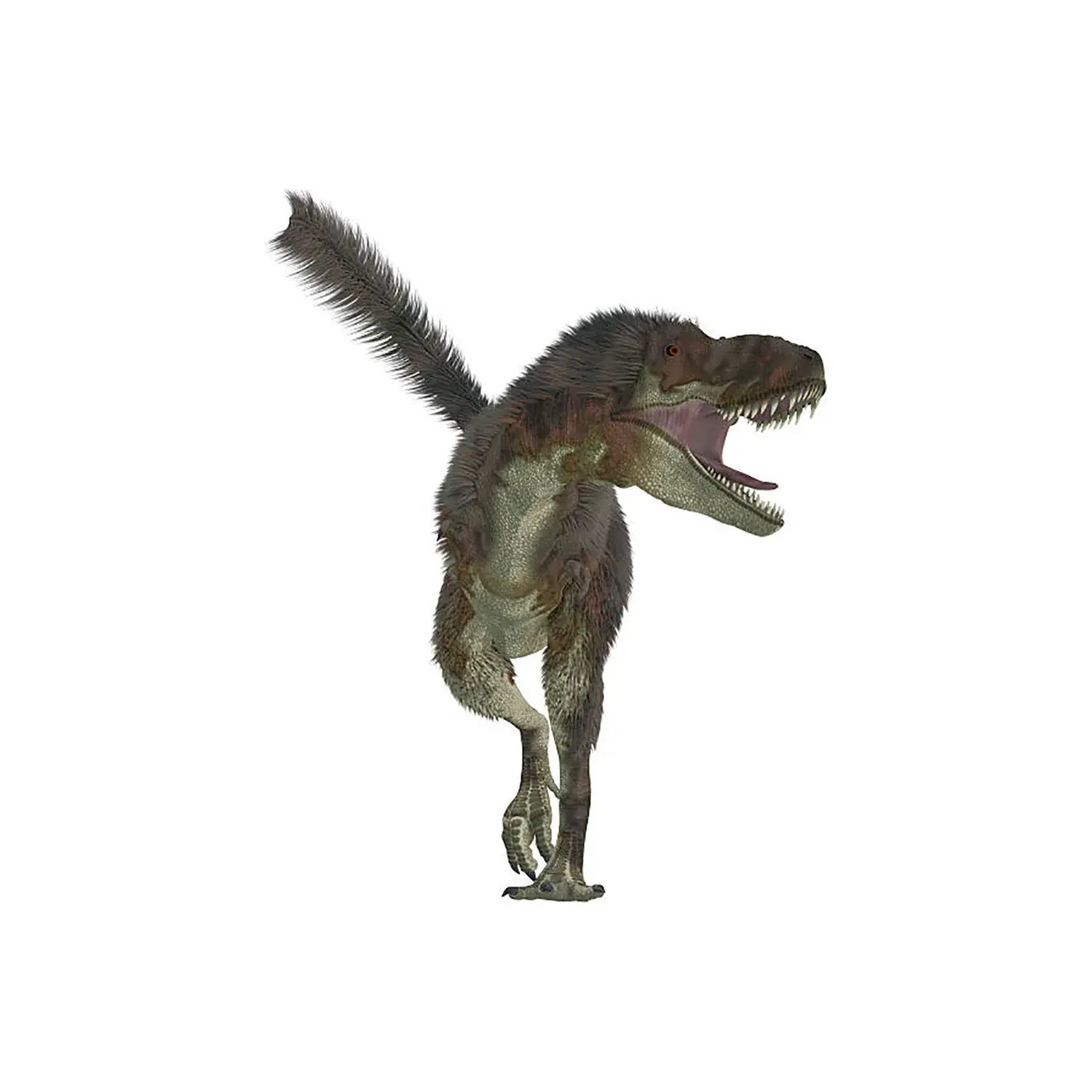
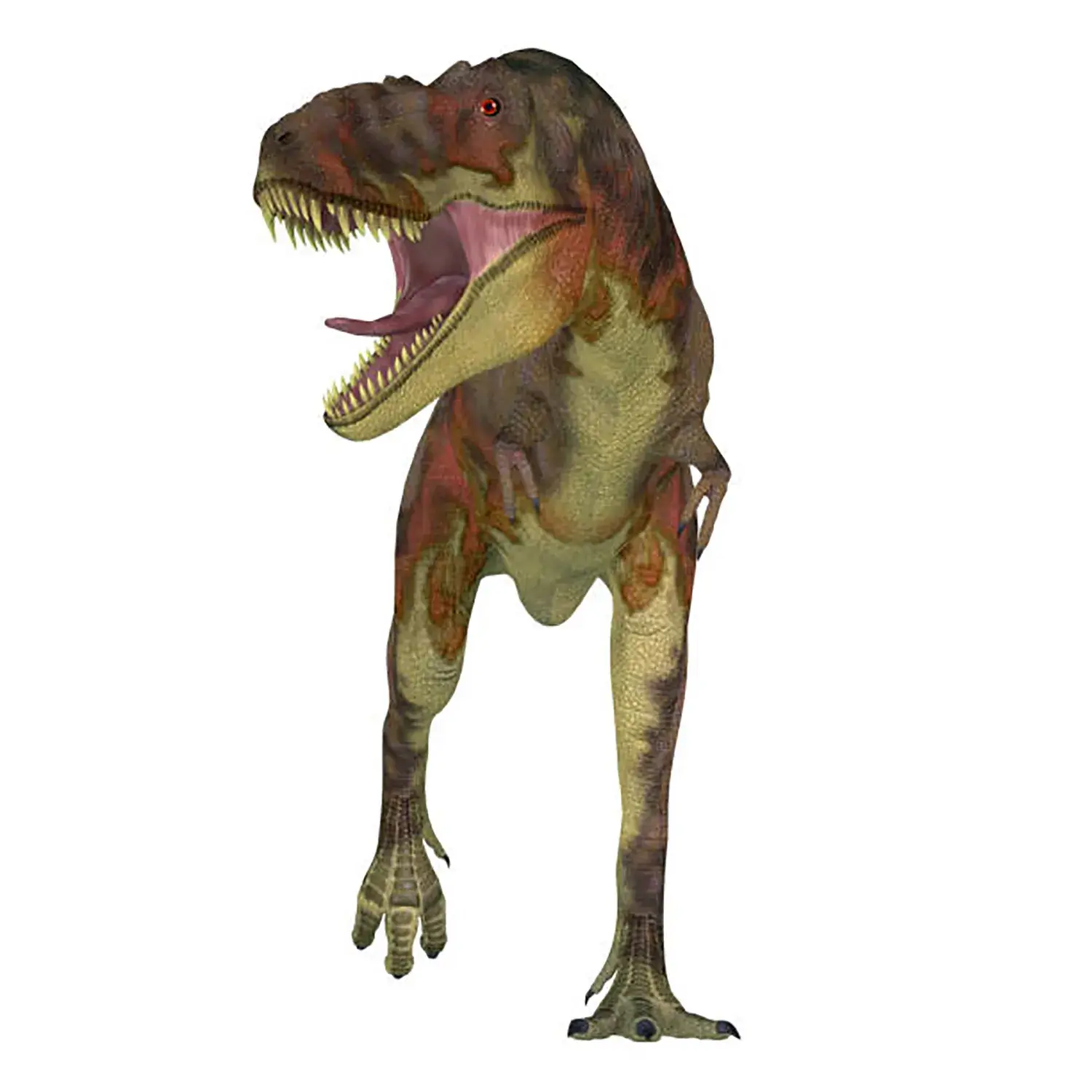
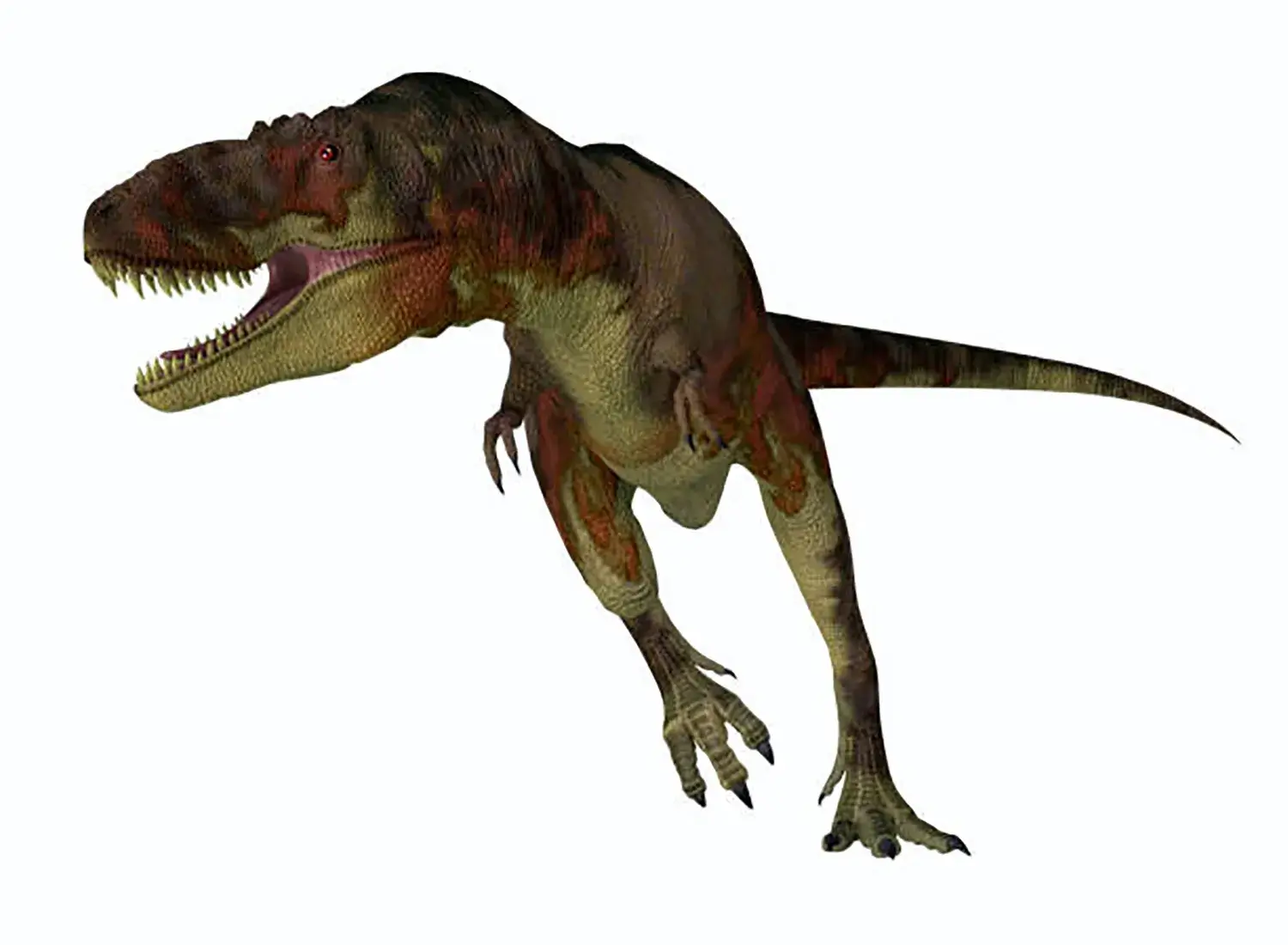
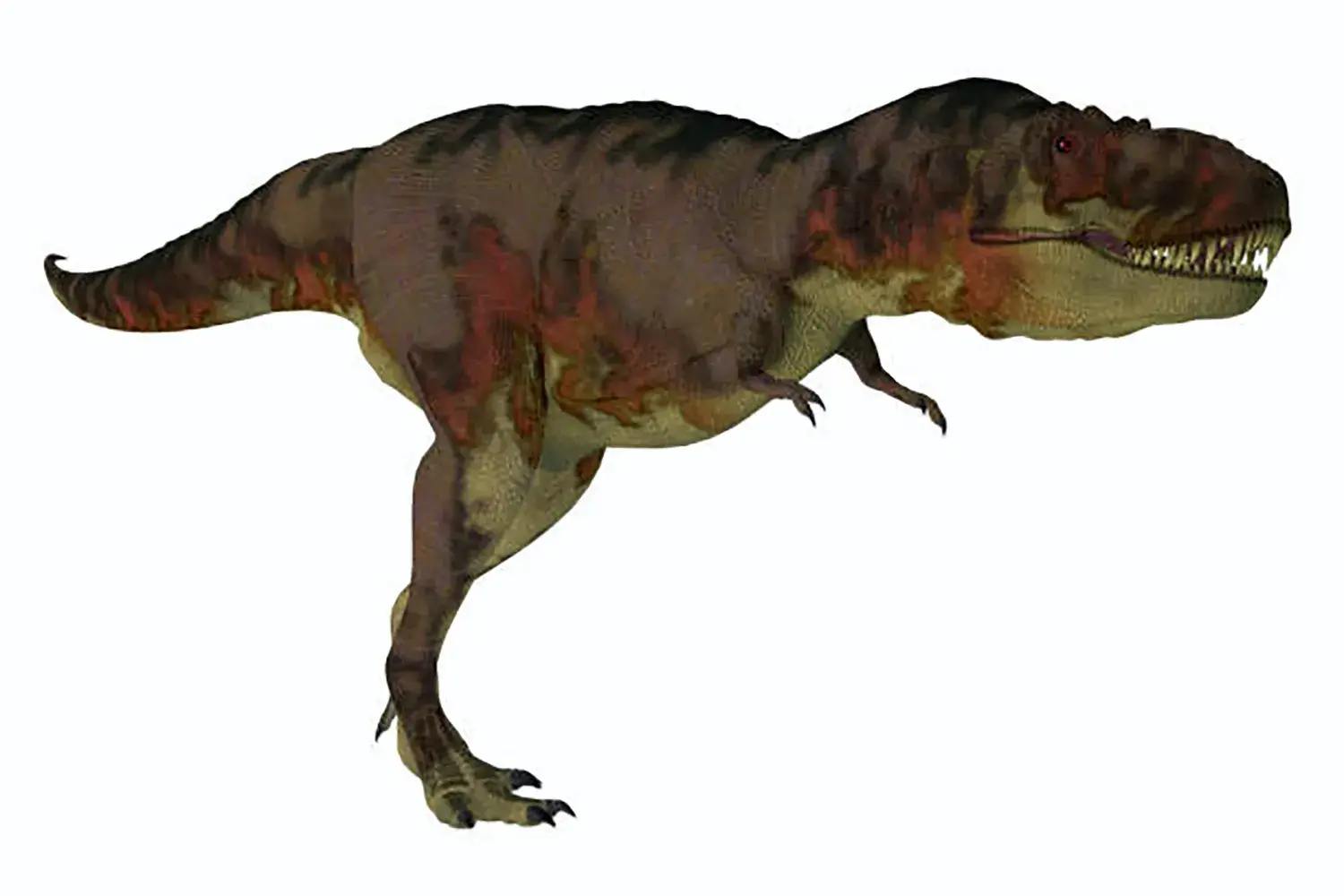
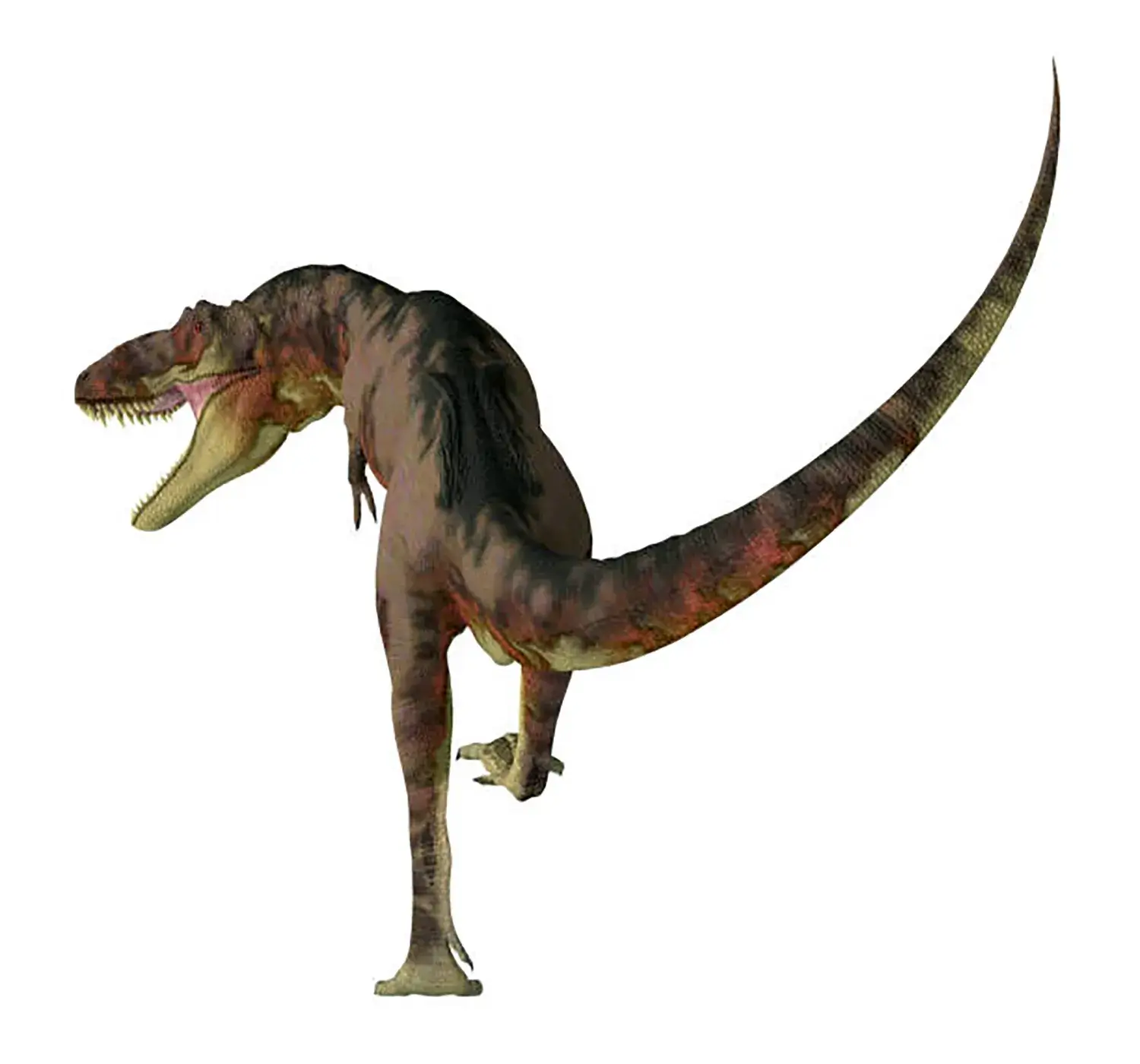
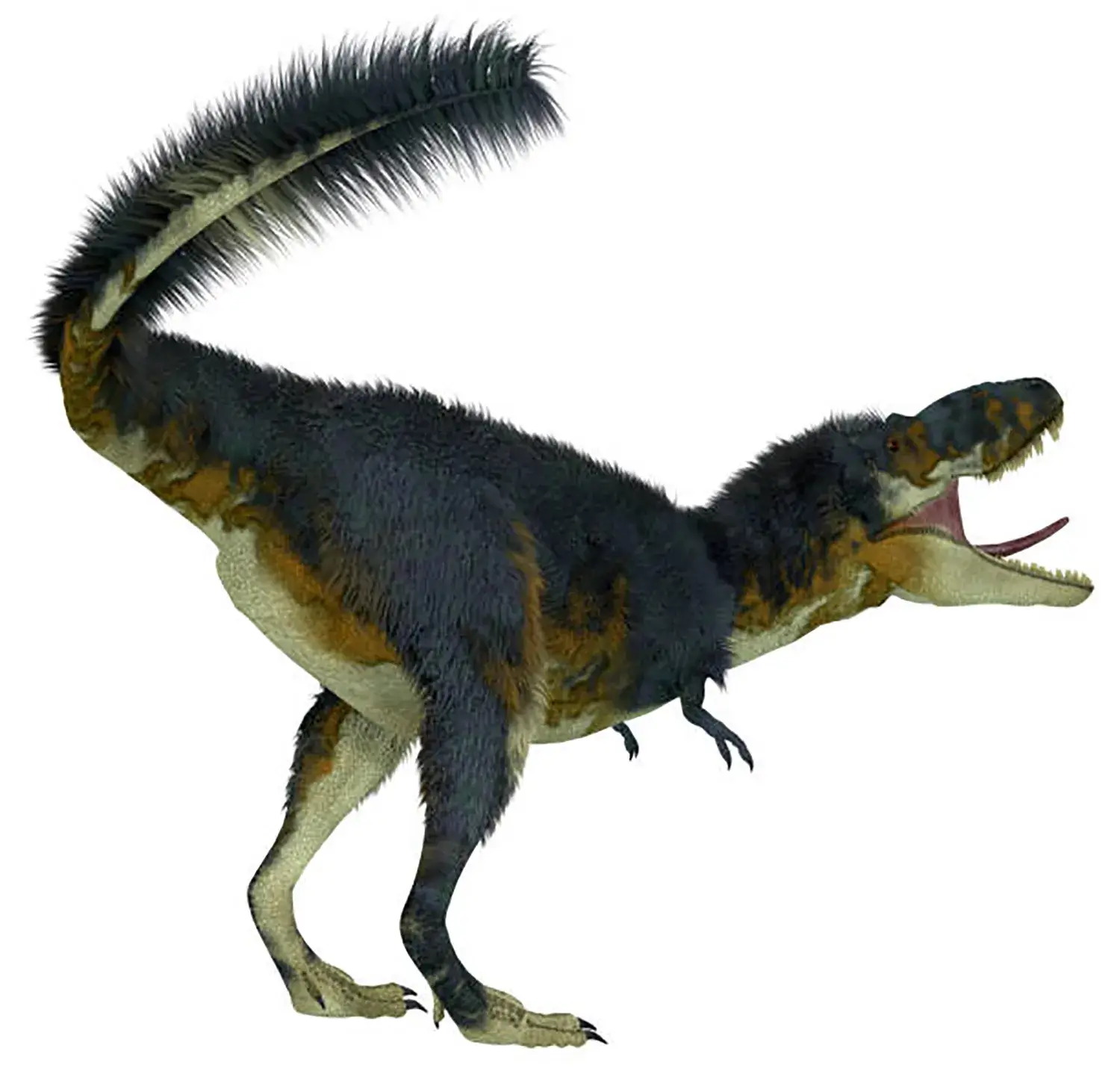
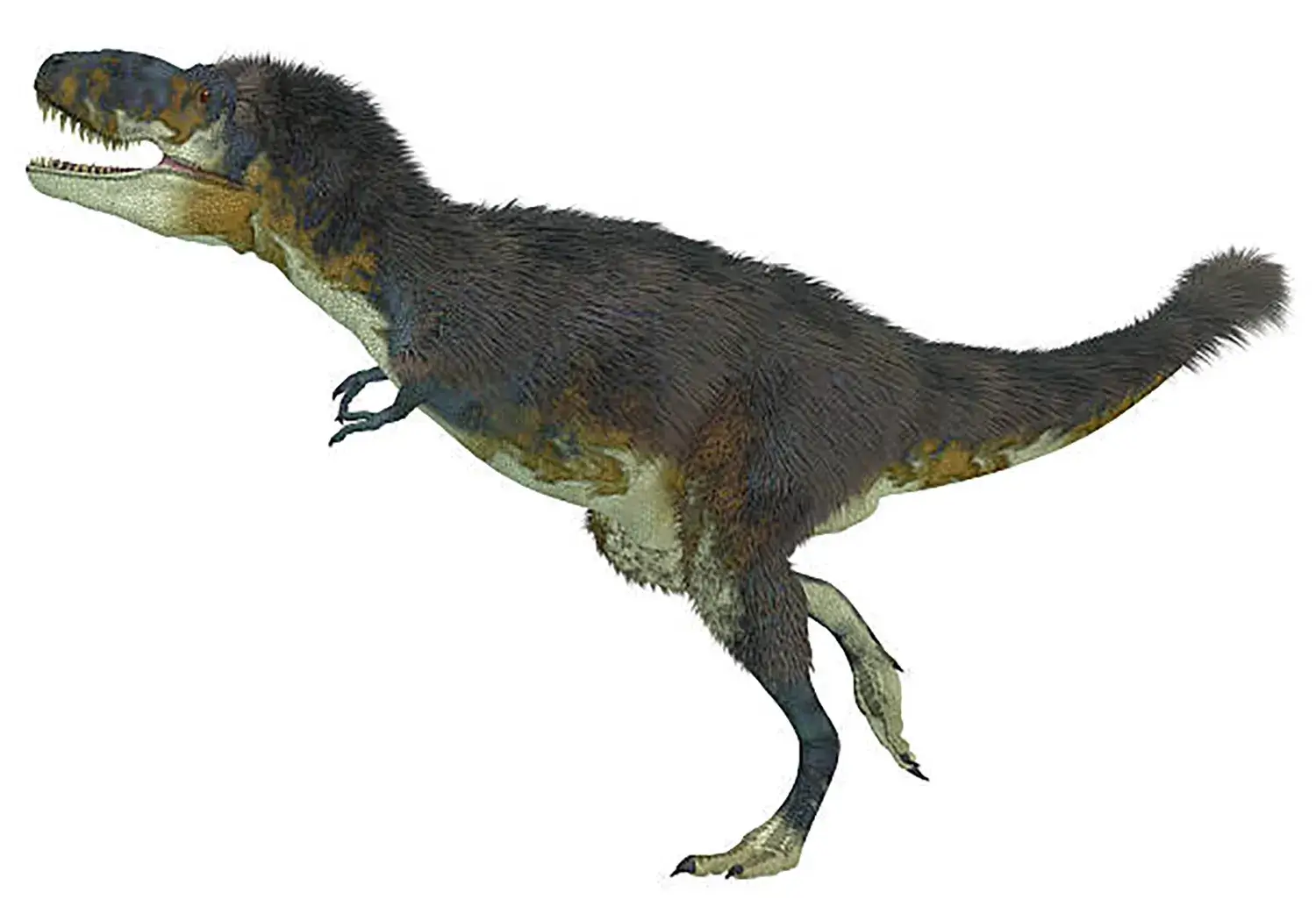
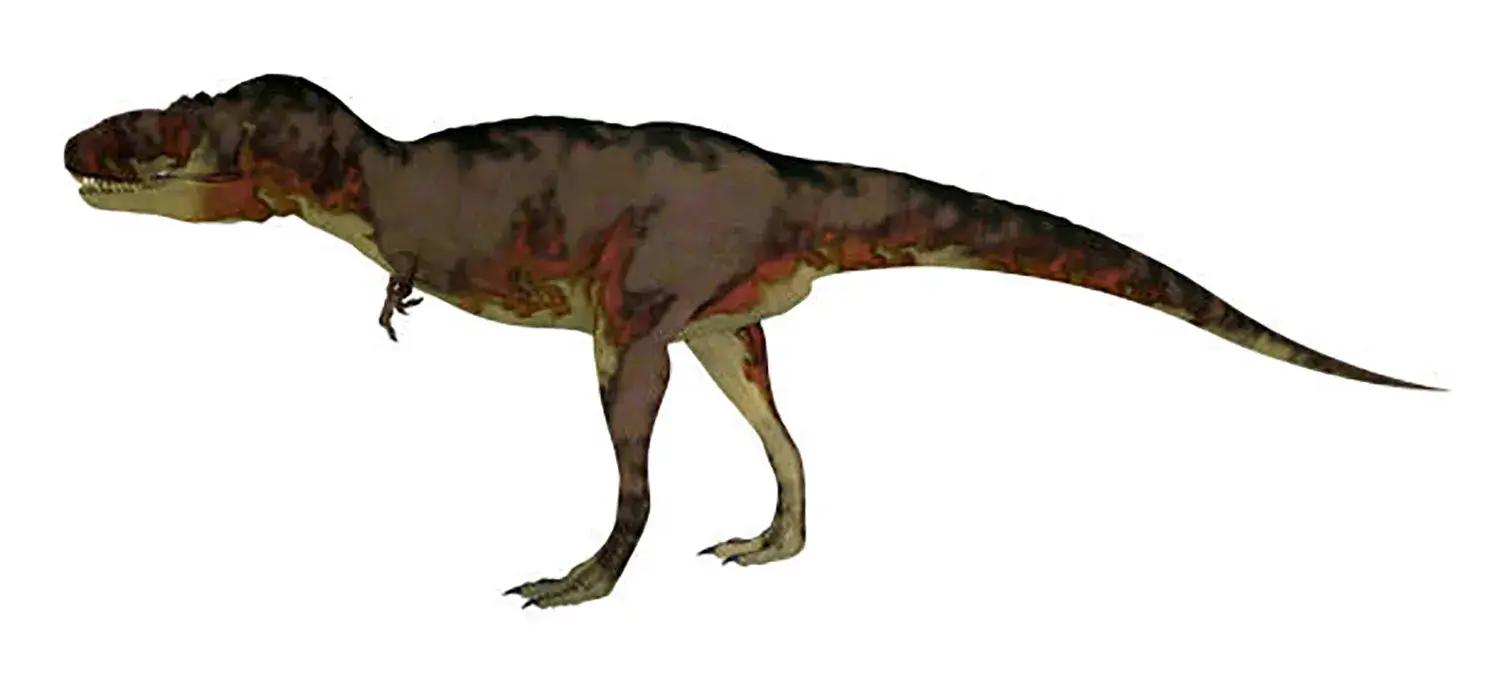
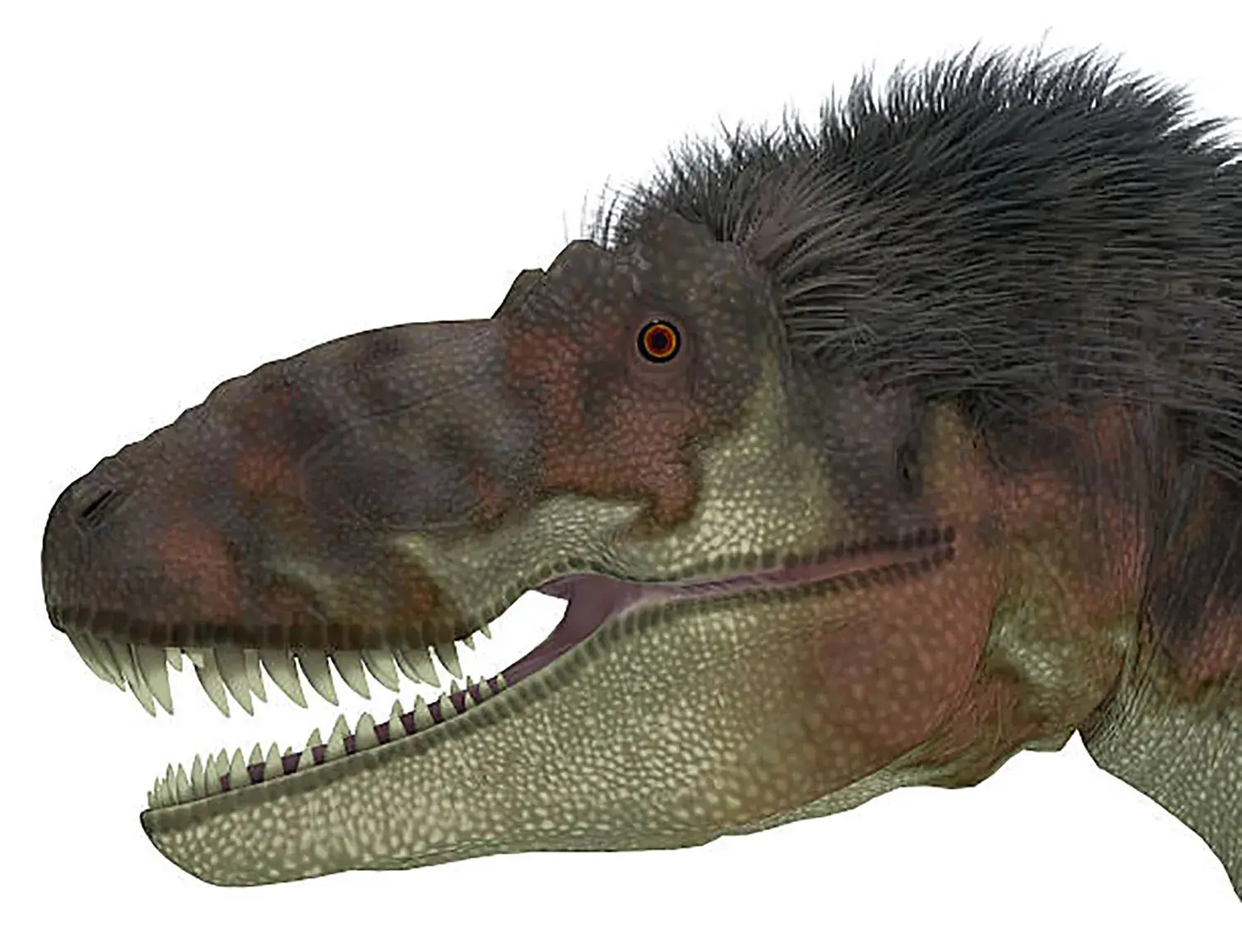
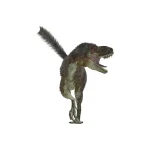
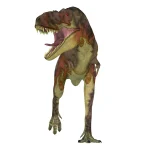
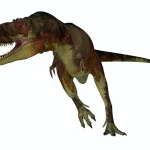
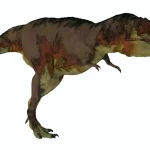
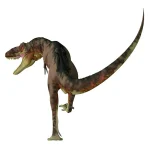
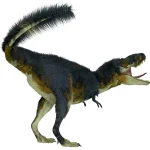
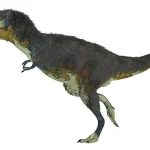
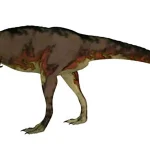
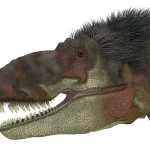
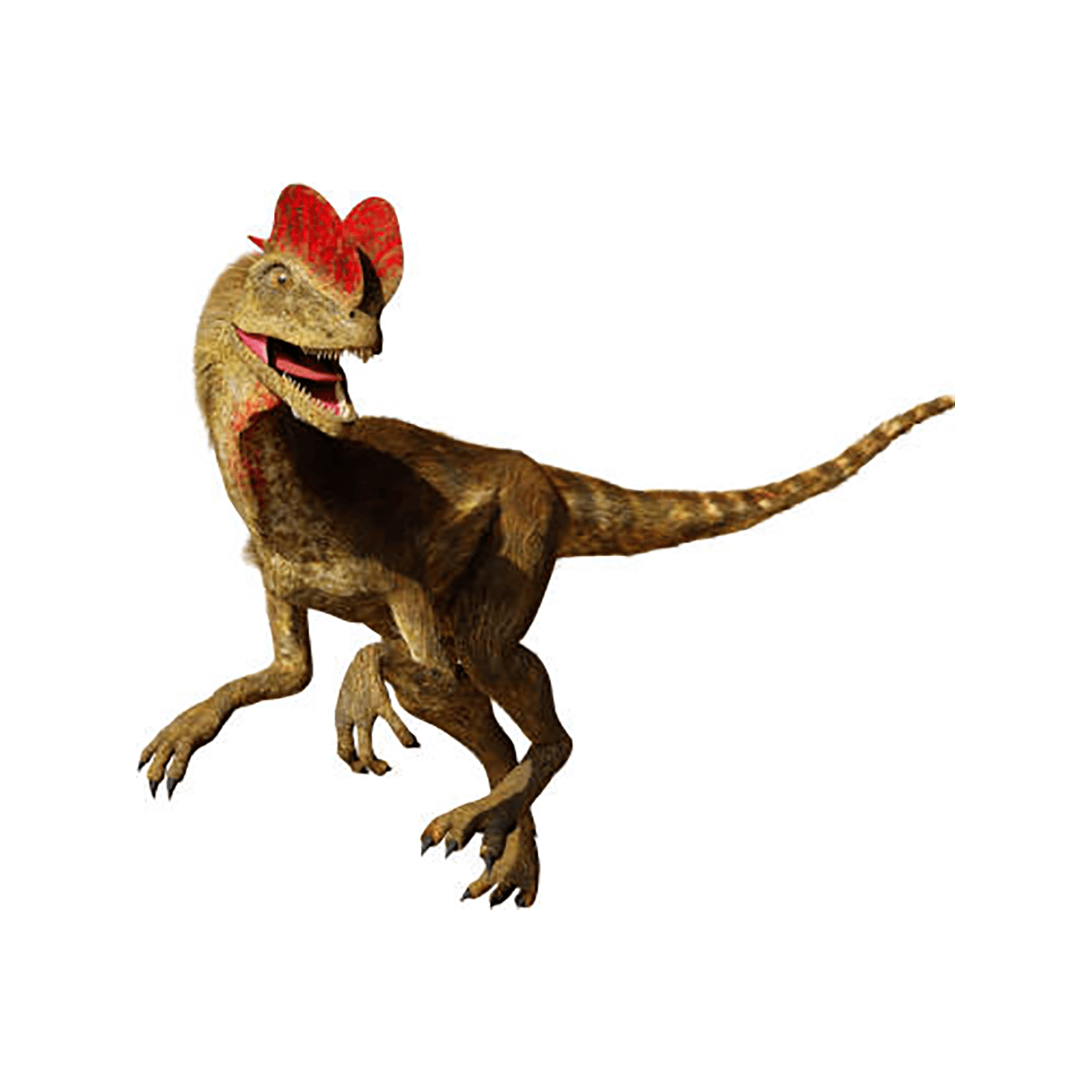
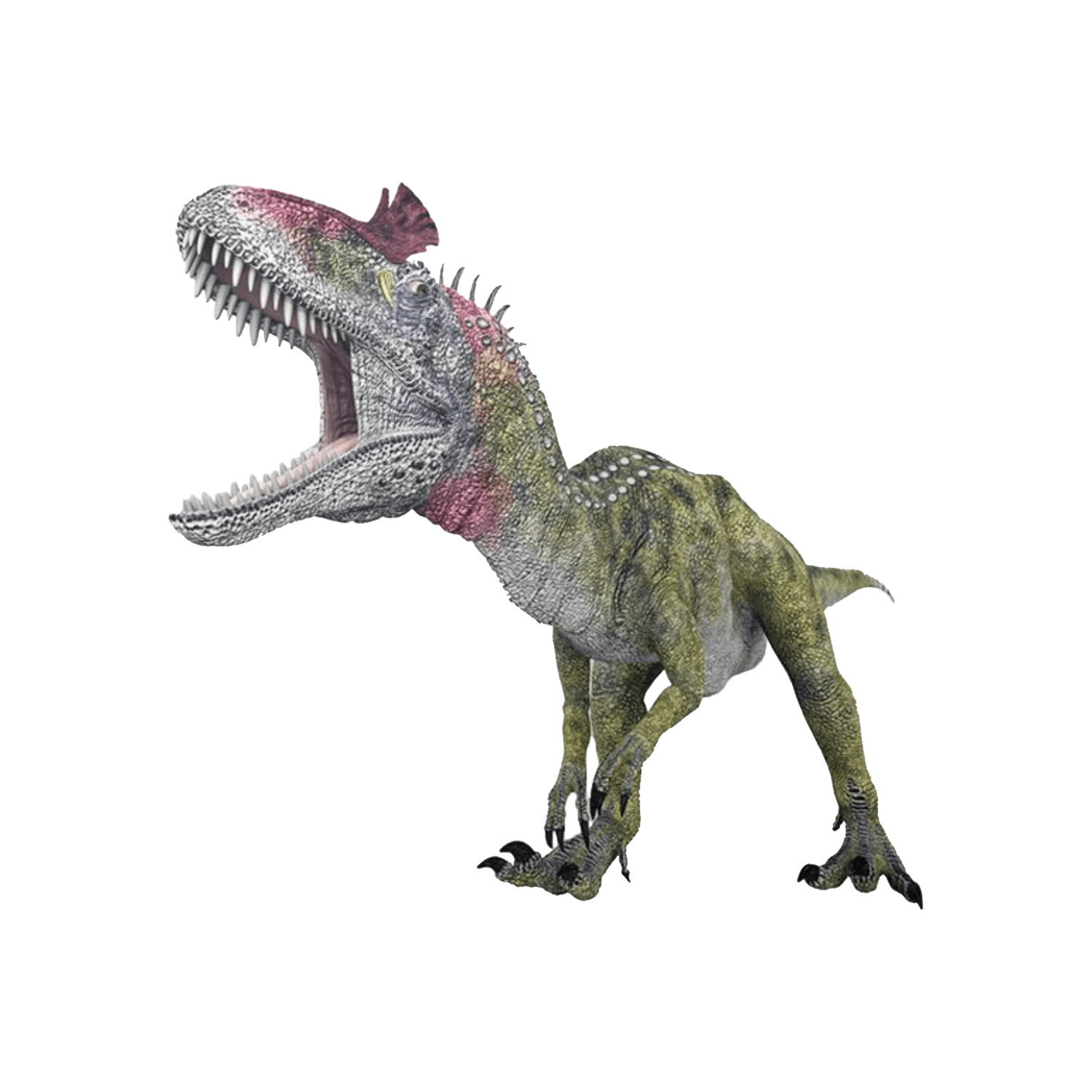

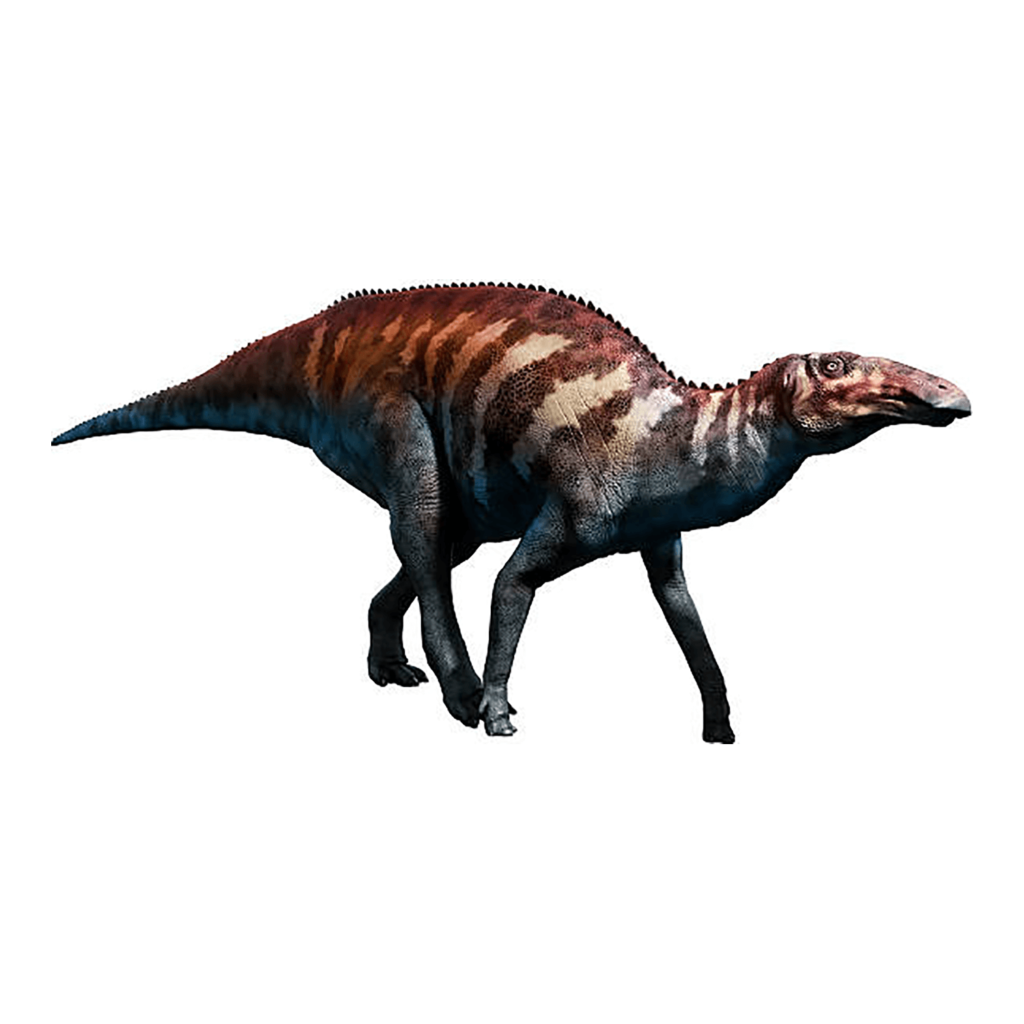
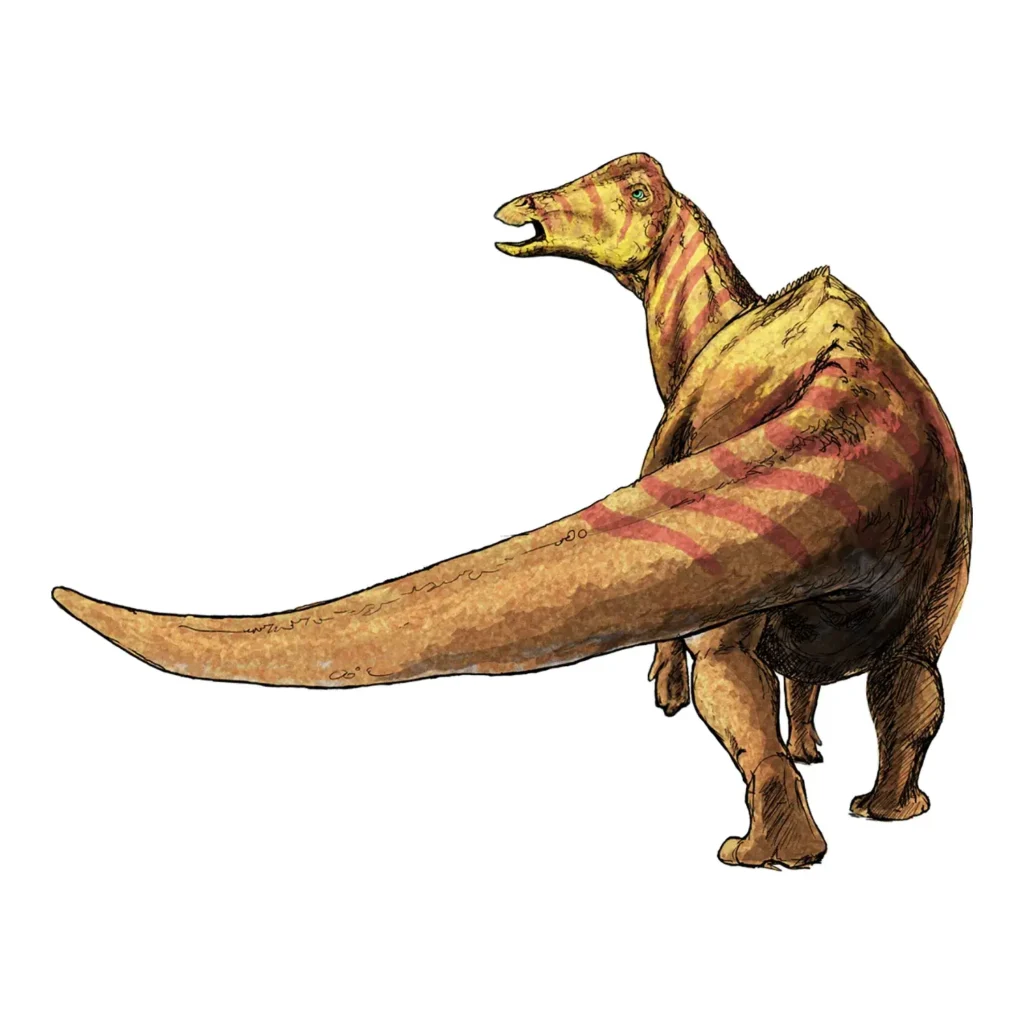
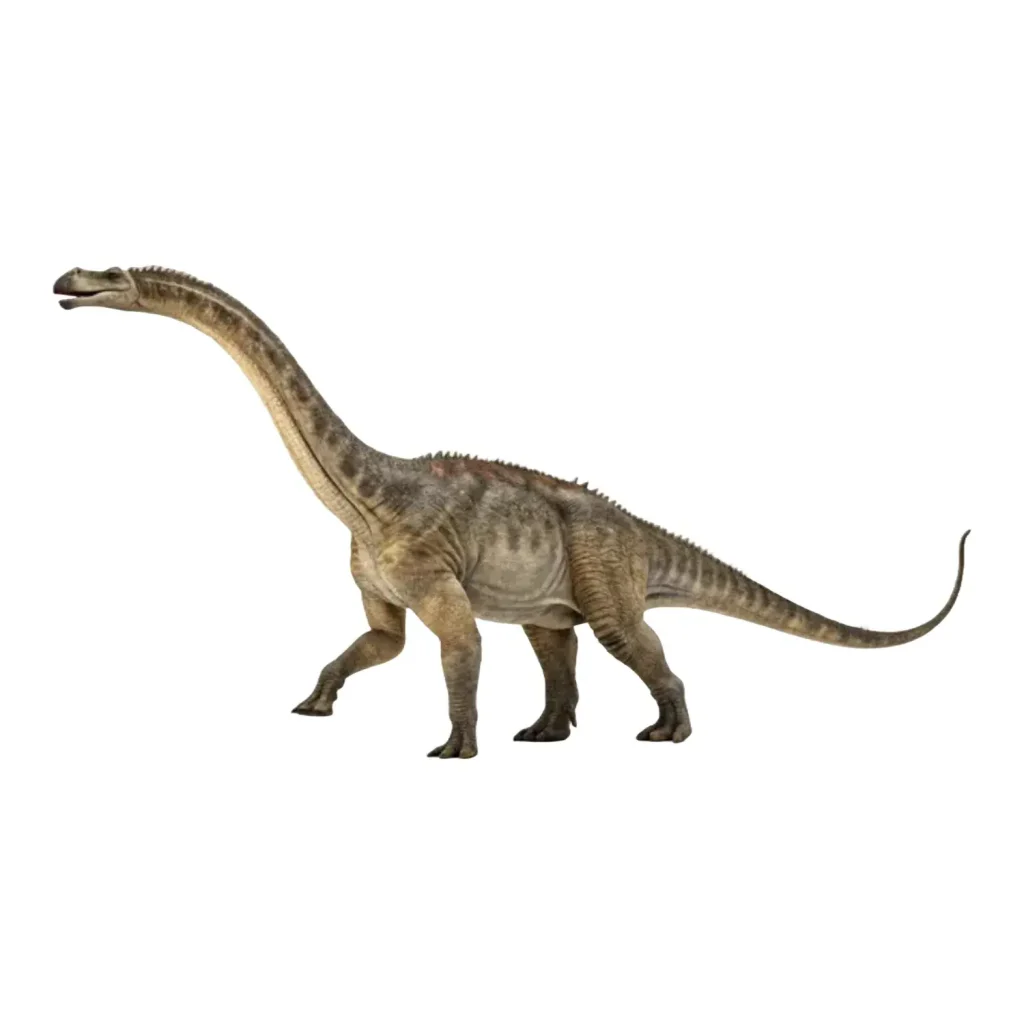
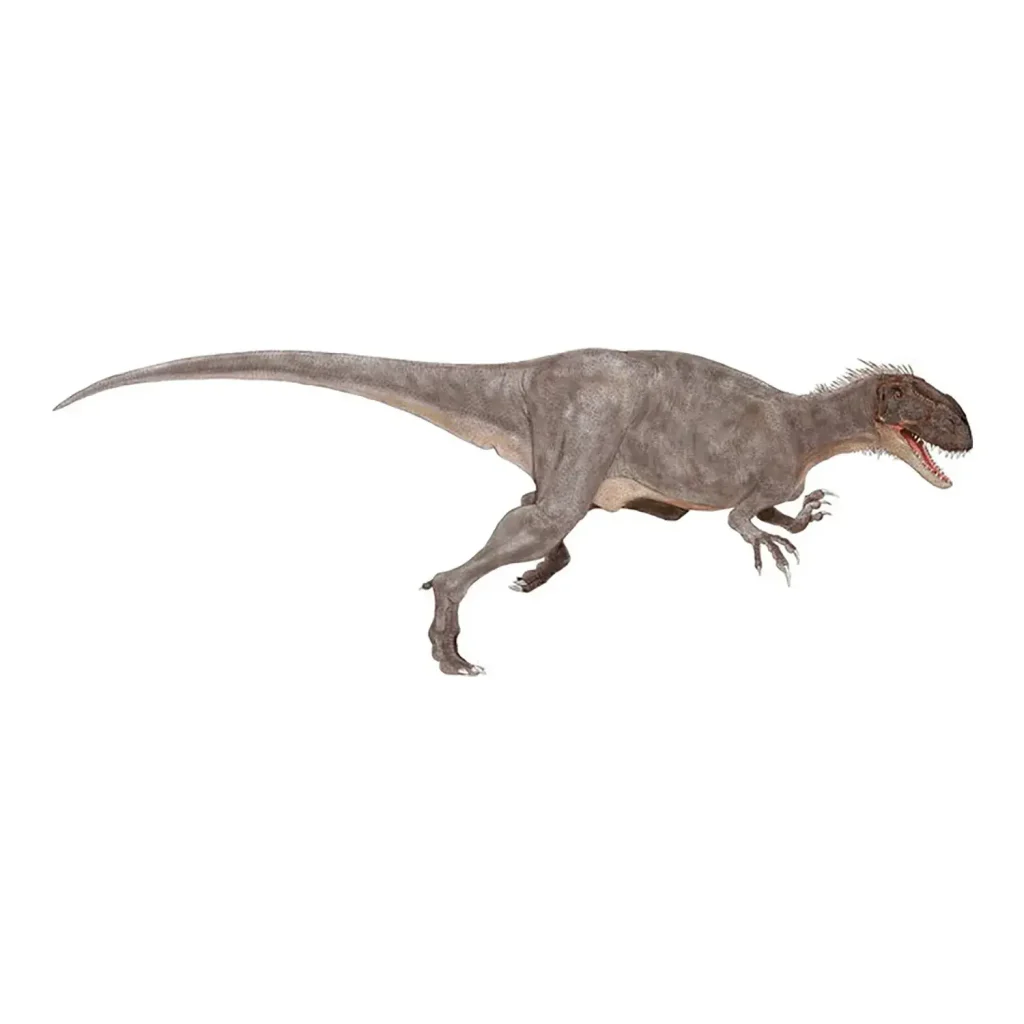













Description
Daspletosaurus was a large carnivorous dinosaur that lived in North America during the Late Cretaceous period (approximately 83.5 to 70.6 million years ago).
Its name means “fearful lizard,” and it was a ferocious hunter with a solid, heavy build.
It belonged to the Tyrannosauridae family and lived approximately 6 million years before the appearance of the later king of the dinosaurs, Tyrannosaurus, making it essentially an ancestor.
Robust Physique Closely Resembling Tyrannosaurus
Daspletosaurus closely resembled the later Tyrannosaurus, with a physique so heavy it has been described as “Tyrannosaurus itself.”
Robust Physique
Physique and Weapons
Physique
It was robustly built, with an estimated length of 9m and a weight of 3 tons, making it heavier and more muscular than contemporaries like Albertosaurus.
Its growth rate was rapid, with an increase in weight of about 180 kg per year.
Head and Weapons
Its massive head measured about 90 cm long and was armed with 60 to 72 sharp, knife-like teeth.
Massive Head and Sharp Teeth
It had small crests (projections) above its eyes with traces of blood vessels, which suggests they may have been used for display, changing color when the animal was excited.
Sexual Dimorphism and Classification
Daspletosaurus exhibited sexual dimorphism, with females tending to be slightly larger than males.
Fossils have been excavated in Alberta, Canada, and Montana, USA. Two species are currently recognized: torosus and horneri.
Harsh Coexistence and the “Niche Partitioning” Strategy
Late Cretaceous North America, where Daspletosaurus lived, was a harsh environment, with Gorgosaurus, another member of the Tyrannosauridae family, also present.
Though a source of great trouble for the herbivorous dinosaurs of the time, the two species are believed to have coexisted through niche partitioning , targeting different prey.
This hypothesis, proposed by Canadian paleontologist Dale Russell, suggests that there was enough food (herbivorous dinosaurs) to support the coexistence of multiple large carnivorous dinosaur species.
The Evolutionary Debate Leading to the “Tyrannosaurus Dynasty”
For a long time, Daspletosaurus was considered a close relative of Tyrannosaurus.
However, a new study published in 2022 proposed a revolutionary possibility regarding its evolutionary position.
The Possibility of “Anagenesis” (Straight-Line Evolution)
A detailed analysis of multiple fossils found in Montana, USA, revealed that the skeletal features of Daspletosaurus gradually changed over time, taking on the characteristics of Tyrannosaurus.
This phenomenon is called Anagenesis (straight-line evolution), where one species gradually transforms over time rather than branching into a new species.
Key to the “Tyrannosaurus Dynasty”
This discovery suggests that Daspletosaurus was not merely a king of a previous era but a crucial origin point for the “Tyrannosaurus Dynasty,” which reigned at the top of the North American ecosystem from approximately 77 to 66 million years ago.
The robust and heavy build of Daspletosaurus marked a very important evolutionary path that was passed on to the later king of the dinosaurs, Tyrannosaurus.
The Harsh Life Revealed by Fossils
Fossils of Daspletosaurus offer a glimpse into its ferocious and harsh life.
Traces of Cannibalism
Bite marks, likely inflicted by other carnivores, have been found on the skull fossils of young individuals, suggesting a fierce struggle for survival that included cannibalism.
Specialized Hunting
The fact that it is believed to have specialized in hunting heavily armored ceratopsians and ankylosaurs indicates its high combat ability and the effective offensive means it possessed against its prey.
Daspletosaurus, with its sturdy, robust body and unique hunting strategy, is a highly important dinosaur that represents the evolutionary path leading to the later king of the dinosaurs, Tyrannosaurus.